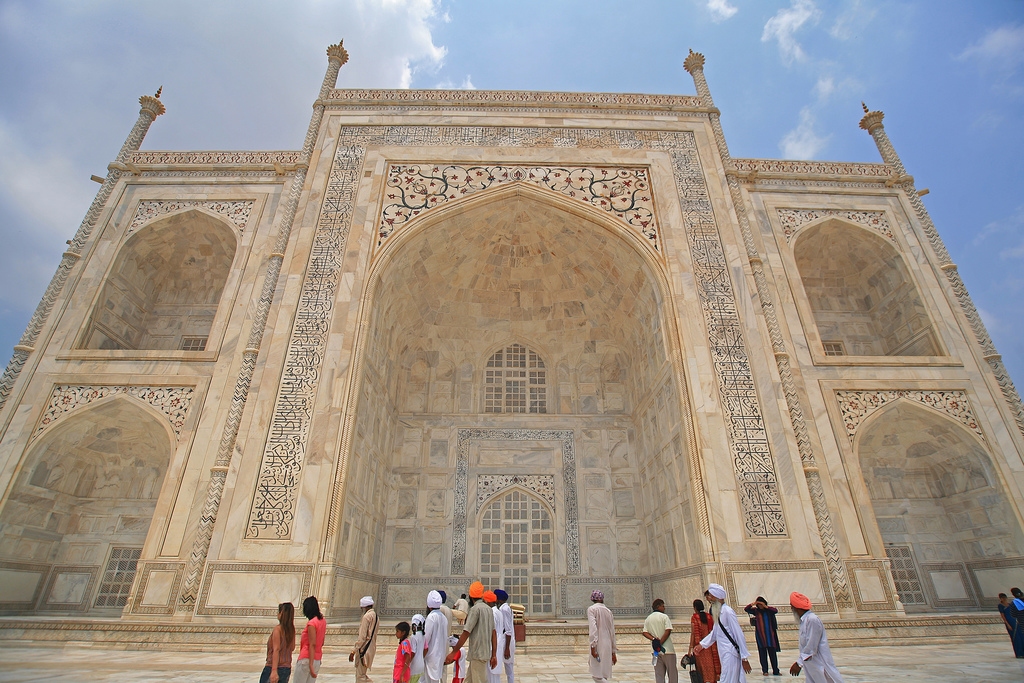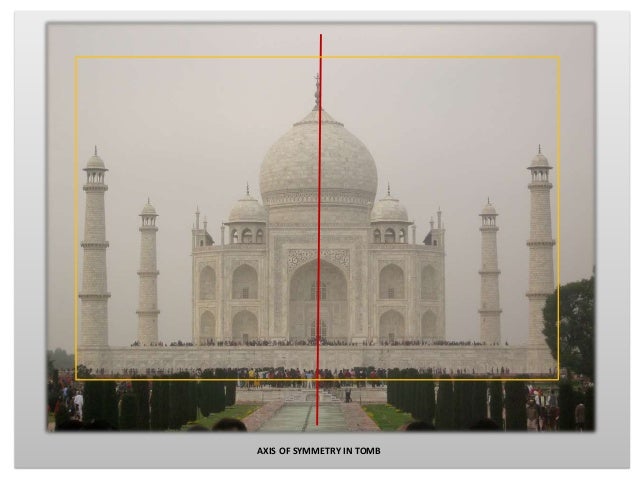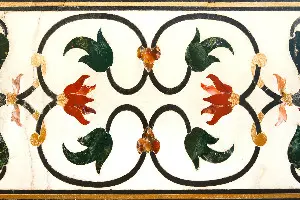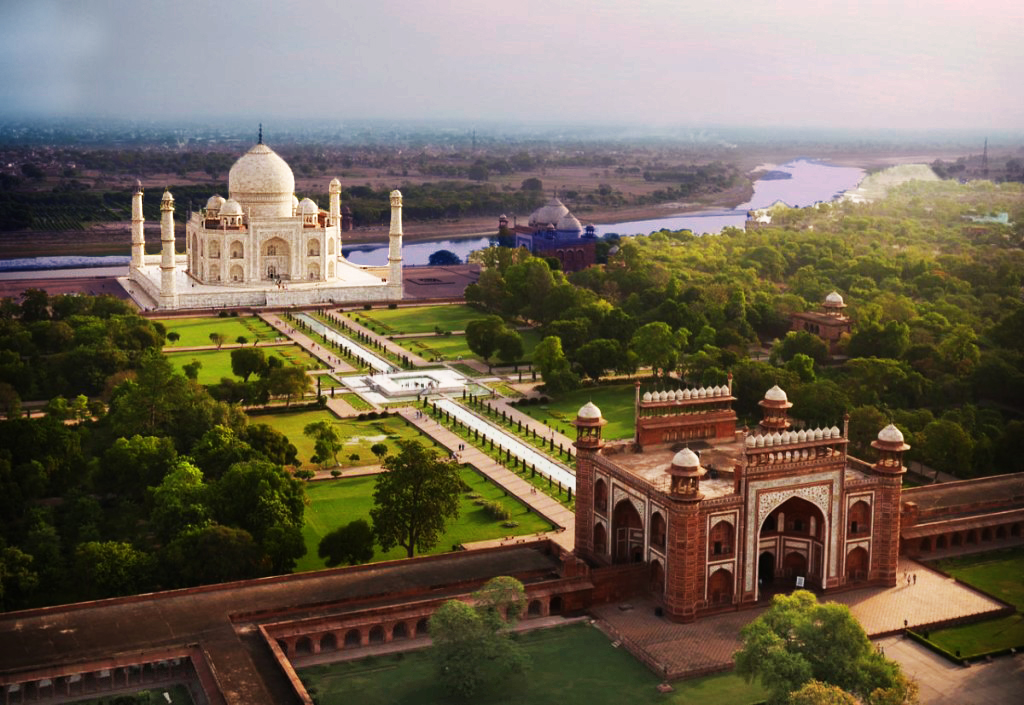What do we have to do?
-To choose a work of the studied architect
-Find information in books and magazines
-Analyze the work with your own reflections or those of others (use
references)
-Present the work briefly in the blog
THE TAJ MAHAL

Taj Mahal is an ivory-white marble mausoleum that gracefully rests on the pedestal of Agra, giving it a surreal look with its flawless picture reflected in the reflection pool in front of it. It is said that during various climates, seasons, and times of day, the place changes color by representing the ever-changing hues of the sky. The walls’ shifting colors make the mausoleum feel like a sign of love that is alive and magical.
The Taj Mahal is sometimes referred to as the «epitome of Mughal architecture,» and has been recognised by UNESCO as the «jewel of Muslim art.» This article describes in detail the architecture of this magnificent World Wonder, so you know what to look for while visiting yourself.
Who Built the Taj Mahal and Why?

This architectural marvel was designed by Mughal Emperor Shah Jahan in memory of his favorite wife, Mumtaz Mahal, who died in 1631 when their fourteenth child was born. The tombs of the queen and emperor are located in the Taj Mahal itself. There is an exquisite mosque, lovely gardens and a big guesthouse on the grounds, too.
The Taj Mahal was completed in 20 years with the chief architect Ustad Ahmad in charge of construction, with the aid of 20,000 staff, artisans, and stonemasons, as well as 1,000 elephants to bring the materials. It is estimated that the whole project cost about 32 million rupees at the time.
Influences Behind the Taj Mahal
«May the abode of Mumtaz Mahal be paradise»May the home of Mumtaz Mahal be paradise. The intention of the design was to establish the illusion of a celestial garden on Earth and imply that while the deceased queen’s soul resides in heaven, her body still rests surrounded by beauty and harmony in earthly heaven.
A Persian architectural technique called ‘hasht bihisht’ influenced the shape of the Taj Mahal (eight paradises). Square, rectangular, or radial buildings frequently feature this sort of structure with central domed chambers surrounded by eight elements.
Top 10 Architectural Features of the Taj Mahal
1. Perfect Symmetry
The Taj Mahal emanates a sense of peace and harmony induced primarily by the near-perfect symmetry of the structure, the main dome and accompanying minarets, and the division of the gardens by four canals that converge at an elevated central lotus pond.

What leaves a tourist in wonder and is so great is the perfect geometry of the complex that one can not find a single thing out of place that contributes to the grandeur of the structure. The Taj Mahal’s symmetry makes a declaration of absoluteness, which represents inherent unity and is a symbol of architectural supremacy.
2. Built with an Optical Illusion
The Taj Mahal’s minarets are mounted in a particular way to create an optical illusion in order to produce the desired other-worldly experience. Since the architects and artisans were masters of proportions, they were able to create the monument in such a manner that the monument looks near and wide as soon as you reach the entrance. Yet it shrinks in scale as you reach it.
To prevent any visual interruptions and to bring a bit of suspense to the location, his unique illusion was created and accomplished by the minarets that seem to be completely upright but actually lean outward.
In addition to providing the appearance of greater height, in the event of natural events such as earthquakes, the lean of the minarets preserves the principal crypt.
3. Use of Red Stone and White Marble
The hierarchical usage in the construction of the Taj Mahal of stones and colors brings more complexities to its significance. Red sandstone was used in most Mughal architecture before the Taj was completed, but Shah Jahan was strongly inspired by Hindu color coding for various castes.
The Mughals aligned with the two leading classes of India and proclaimed themselves to be their rulers by taking the liberty of using white stone reserved for Brahmins (priestly caste) and Red Stone reserved for Kshatriyas (warrior caste).
The white marble also serves as a canvas for the shifting light of the day, and during his time with Mumtaz Mahal, it is said to represent the different moods of Shah Jahan.
4. The Exquisite Walls of the Taj Mahal
The walls of the monument are filled with beautiful calligraphy and pietra dura to give a sacred aura to the site. Pietra dura is a technique used to inlay precious stones such as amber, coral, jade, and lapis lazuli with marble.
The walls of the monument are also adorned with fine calligraphic inscriptions created with carefully chosen passages that invoke believers’ themes of judgement and rewards.
5. Four Minarets and One Central Dome
In Islamic architecture, minarets bear a lot of importance. The term «minaret» is derived from Arabic and indicates a place of light. The Muslim prayer call is often issued from the top of minarets that symbolize divine direction. The Taj Mahal is enclosed by four minarets of equal height which, if they fall during a natural disaster, lean slightly outward to defend the tomb. Before Shah Jahan, minarets were not used in Mughal architecture and were adopted by him.
For a long time, the use of one central dome has been a part of Mughal architecture. A classic Persian dome is the dome of the Taj Mahal. In the Taj Mahal, there are currently two major domes, and an external dome constructed over an inner dome, a large secret empty space between the two. For the aesthetics and attractiveness of the internal chamber and to maintain proper proportions, the double dome technique is used. The double dome form, when added together, implies the celestial elevation of the spirit.
6. The Taj Mahal Decorating Vegetation

The iconography of the plants carved on the walls and floors of the mausoleum is another interesting feature of the Taj Mahal’s architecture. Researchers from all over the world have long been fascinated by the varieties of plants used in the mausoleum’s decorative ornamentation and continue to study them to this day for symbolic significance.
7. The Garden
While the mausoleum itself is full of symbolism and interpretations, the Taj Mahal’s garden also holds considerable significance. The Taj Mahal’s garden leads up to the tomb instead of lining it, unlike traditional Mughal gardens. In the design of the garden, which is divided into four quarters by four intersecting canals which meet at an elevated, central lotus pond, the holy rivers of India are integrated.
The four canals symbolize the four rivers of heaven, while the cypress-lined fountains signify longevity, and transition and rebirth are symbolized by lotus flowers. It is said that the finely planned garden reflects the purity and elegance of heaven mirrored on earth and blends well with the themes of the Taj’s own architecture.

8. Recurrence of the Number 4
In the Taj Mahal, the number 4 appears everywhere due to its numerological meaning. Four is divided into equal parts, has many geometric representations, and is linked to the rationality and rigor that the Mughal builders pursued for features.
Through the architectural implementation of this number, the perfect symmetry of the Taj is achieved. The four canals divided the garden into four equal parts. Four minarets circle the mausoleum and the main dome is flanked by four small ones.
9.The Great Gate
The wide gate looks like a defensive fort and is the gateway to the Taj Mahal gardens. Its architecture is supposed to be similar to the conceptions of a doorway to a holy place and to a set of 11 parallel domed pavilions called guldastas.
The gate is two-toned with red sandstone and white marble inlay being the main material. The layout is situated in such a way that the inner courtyard is isolated from the gardens, providing a symbolic passage between the inner courtyard’s terrestrial life and the eternal life depicted by the gardens and the mausoleum.
10. The Reflection Pool

The Taj Mahal reflecting pool is one of the most iconic in the world and is a famous place to take the perfect picture of this wonder of the world. The reflection of the Taj Mahal’s sublime structure in a perfectly still body of water catches one’s eye before the original structure is seen.
The philosophy behind the pool of contemplation is to purify the view of all that come in. The sight of the massive white mausoleum set in the pool below against the light blue sky creates the feeling of suspending the entire building, giving it an almost surreal appeal.
Are you familiar with the Black Taj?

The concept and construction of a ‘Black Taj’ was also in the making after the construction of the marble white Taj, but it was stopped by the own son of Shah Jahan, named Aurangazeb, who by force succeeded the throne and held his father captive. Aurangazeb took over the dynasty due to ill-health and frail administration.
The concept and construction of a ‘Black Taj’ was also in the making after the construction of the marble white Taj, but it was stopped by the own son of Shah Jahan, named Aurangazeb, who by force succeeded the throne and held his father captive. Aurangazeb took over the dynasty due to ill-health and frail administration.
In contrast to the death of Shah Jahan, Aurangzeb buried him in a tomb next to his wife, probably in the simplest way, while Shah Jahan got the body of his beloved Mumtaz in a golden casket from Burhanpur to Agra, carried only two men in a boat, and buried her in the Taj.